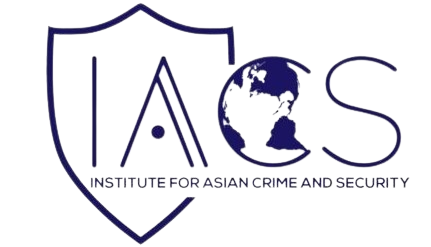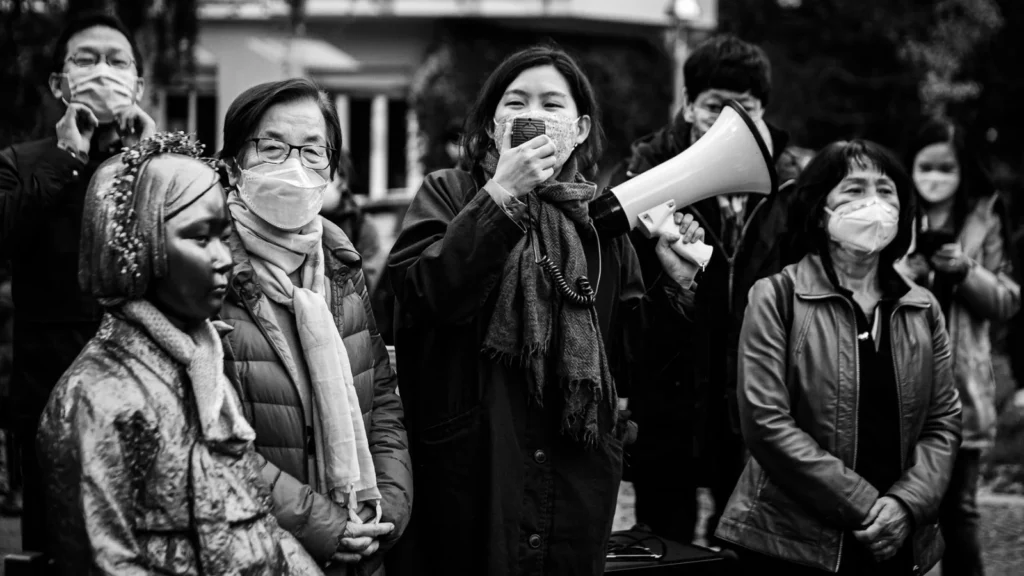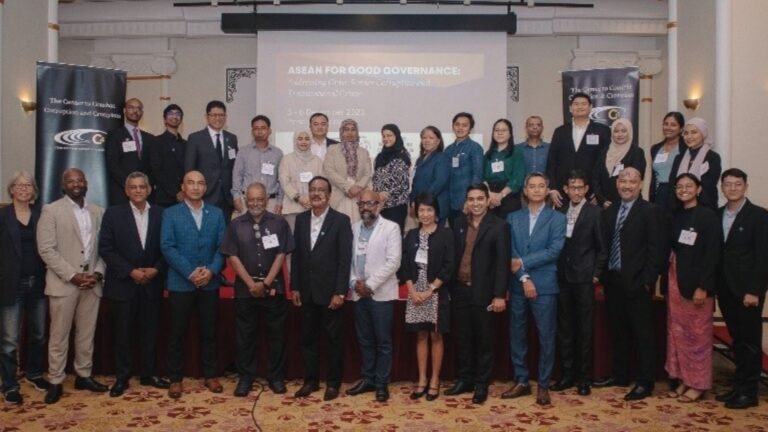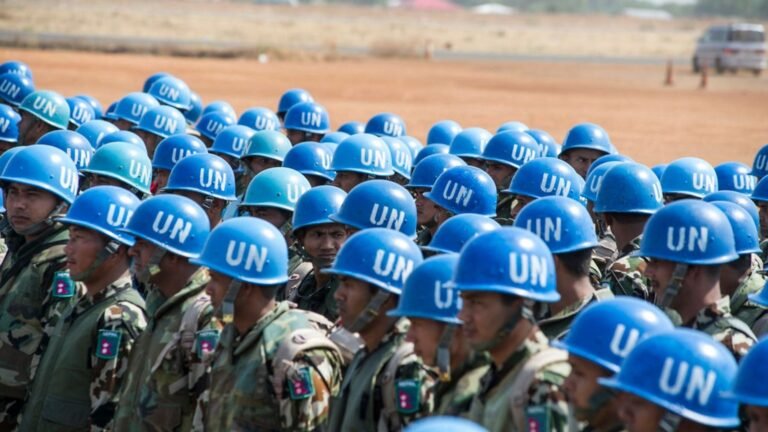“Both Korea and Japan keep waiting for us to die, but I will fight until the very end.”
(Lee Yong-soo, as cited by Kim Tong-Hyung, 2022)
One of the few Korean survivors of the Japanese military sexual slavery uses her memory of her experience to lobby Japan to accept responsibility and acknowledge its past sexual slavery as war crimes. A snub to Lee Yong-soo’s campaign is the circulation of new Japanese history textbooks that do not mention Japan’s questionable past. Some books downplayed the experience of ‘comfort women’ by implying that they had a choice (So-youn 2022). ‘Comfort Women’ describes the thousands of Korean women forced into sexual slavery for the Japanese Imperial army. For many South Koreans, the memory of the peninsula’s annexation and the subsequent occupation marred by violence against Koreans has been passed down generationally. In a 2015 conference, the Japanese Foreign Minister initially acknowledged that comfort women were coerced; however, three weeks later, the Japanese Prime Minister argued that there was no proof that comfort women were forced to participate in the system (Hosaka 2021). The former Prime Minister’s statement was a direct insult to the memory of the victims of sexual slavery and aggravated their psychological wounds. This article presents narratives of lifelong suffering into a holistic understanding of the socio-cultural and political tension between Japan and South Korea. By emphasising the agony of ‘comfort women,’ this article hopes to shed light on the effect of traumatic memory on stability and security within the region.
BRIEF HISTORICAL OVERVIEW

“Uneasy Neighbours across the Sea.” Source: Japan Times 2010 https://www.japantimes.co.jp/life/2010/08/22/general/uneasy-neighbors-across-the-sea/
The annexation of the Korean peninsula by Meiji Japan is a memory that has been ingrained in the national identity of the Republic of Korea (hereinafter referred to as South Korea). The occupation of Korea is a wound on their national identity that is reminiscent of as a dark time. After winning the First Sino-Japanese War and the Russo-Japanese War, the Japanese Empire annexed the peninsula. Despite numerous efforts by the Korean people and Emperor Gojong to fight for independence, like sending emissaries to the 1907 Hague International Peace Conference, their efforts to block Japanese rule in Korea were rejected (Kim 2014). Till today, South Koreans live with the memory of the atrocities committed against them, especially in terms of documented sexual slavery.
COMFORT WOMEN
The Annexation Treaty of 1910 legitimatised the Japanese Empire’s colonial rule in the Korean peninsula, leaving many Koreans traumatised by what they had witnessed. The most noteworthy violation was first discussed by a survivor of the ‘comfort women system,’ Kim Hak-Soon, in 1991. She broke the secretive nature of the system by sharing her memory of the trauma she experienced under the aegis of the Japanese government. ‘Comfort Women’ is a linguistic term used to categorise thousands of women and girls forced into sexual slavery by the Japanese military (Sigit and Anantasya 2021). While the term is used to describe the survivors of military sexual slavery, the euphemistic term implies that the women chose to become comfort women.
Within the practice, Korean ‘comfort women’ (‘chonggun wianbu’ in Korean and ‘Jugun Ianfu’ in Japanese) were systematically forced under the label of ‘Chongsindae’ (volunteer labour recruits) (Seo 2018). Using the word ‘chongsindae’ misguided many people as it implied that women’s participation in the practice was a choice. Moreover, the Japanese (ianfu) and Korean (wianbu) terms imply prostitution, further inferring commercial choice rather than coercion. While some voluntarily chose to become prostitutes (like some Japanese prostitutes), many young Korean girls were forced into sexual slavery by the Imperial Japanese Military. Despite the various territorial conquests, nearly eighty per cent of the estimated comfort women were young unmarried Korean women (Soh 1996; Sigit and Anantasya 2021).
Whereas some survivors were kidnapped from their homes, many have revealed that human traffickers sold them to the comfort stations. The ‘comfort women’ were locked up in the ‘military comfort stations’ (ianjo in Japanese), which existed in Korea and other Japanese colonies. According to Kazuko (1994), many military comfort stations had notices that said, “We welcome courageous soldiers who are on duty for the holy war; Yamato Nadeshiko dedicate their minds and bodies to you” (10). Japan’s Emperor Hirohito institutionalised military comfort stations after the horrific Rape of Nanking incident (Sigit and Anantasya 2021). While the Japanese empire attempted to keep the ‘comfort women’ system a secret, it has been acknowledged that, although the Japanese army managed the comfort stations, the Japanese government assisted in the smooth working of the system (Wang 2020). However, the information about comfort women and the stations is based on personal narratives and estimations, as the Japanese officials destroyed official documents on the system after World War II.
The problem of ‘comfort women’ has been a source of contention for many. History is highly subjective, as it is based on the memorisation of atrocities by victims and perpetrators (Deacon 2021). Therefore, it is no surprise that Japan and South Korea disagree over their shared history. The pro-Japanese Empire rhetoric argues that the comfort women voluntarily participated in the system and received compensation for their activities (Wang 2020). However, many scholars and survivors reject the Japanese narrative. They argue that the women were coerced, which defines them as victims of wartime sexual violence and the Japanese government liable for the crime.
DISCOURSES OF REMEMBRANCE AND TRUTH

“Lee Young-soo’s Interview with Korea Now” Source: Korea Now 2018 retrieved from https://www.youtube.com/watch?v=q9GBaAtCewk
In an interview with Korea Now (2018), Lee Yong-soo shared her personal experience and memories of her kidnapping and subsequent sexual enslavement by Japanese soldiers. In the interview, she described her memory of being lured out of her home by a Japanese soldier and a young girl. After being lured, she was kidnapped and taken to China and then to Taiwan with five other girls. Lee Yong-soo remembers being called ‘josenpi’ (slang for Korean sex slave) by the soldiers. Before her enslavement began, she was kicked and beaten by the soldiers to a point where she could not run away from them as she protested her kidnapping (Korean Now 2018). The memory of what she experienced before she was brought to the comfort station still haunts her, which was noticeable as she spoke about the past.
In 1943, as a young 14-year-old girl, she was transported to a mi犀利士
litary comfort station in Taiwan. At the comfort station, a woman told Lee Yong-soo, “you are too young to be here” and tried to protect her by hiding her in a closet. However, when a Japanese soldier noticed Lee Yong-soo’s disappearance, he beat the other woman, which made Lee Yong-soo reveal herself. Lee Yong-soo did whatever the soldiers told her to do as she was warned by the other women that “he will kill you if you don’t listen to him” (Korea Now 2018). After being kidnapped from her home and trafficked to a new country, she was stripped of her Korean identity by forcing her to wear Japanese clothes (kimonos). Bearing witness to the violence and humiliation, Lee Yong-soo became emotional as she talked about her past. The trauma she faced as a sex slave was heart-breaking to hear as one would question the humanity of the Japanese soldiers. For example, during the interview, Lee Yong-soo expressed that food and water were not often given to them and sometimes, Japanese soldiers would bring bags of blood to feed her and the other women (Korea Now 2018).
However, like many other survivors, Lee Yong-soo’s trauma did not end with the war. Despite spending a short time as a comfort woman, her memory of the trauma she experienced is still something she must live with and continued until she could share her experience in her 60s. Like other survivors, she was robbed of her childhood, family and even a happy future as they live with the memory of the trauma. Lee Yong-soo admitted that it is impossible to forget her trauma and suffering even though she has tried.
Although Lee Yong-soo thought her experience was different from the other survivors, she was encouraged to give her testimony after Kim Hak-soon’s testimony. During her first meeting with other survivors, she realised that there were many survivors just like her, including her neighbour.
Lee Yong-soo uses her campaign to bring awareness to a practice that was so secretive that she did not know her neighbour had suffered a similar experience. Lee Yong-soo’s testimony, like that of other survivors, helps those that have experienced a similar situation, while also reminding both the Koreans and Japanese of these past atrocities. The traumatic memories have become inscribed into the community’s collective memory, shaping their past, present, and future. As the pro-Japanese rhetoric does portray, by rejecting the survivors’ personal memories, peaceful resolutions will not be achieved as the Korean community believes their experiences and trauma have been minimalised. Her aim is not to get compensation but a “sincere apology from Japan” (Korea Now 2018). Her campaign is also influenced by being anointed a ‘comfort woman.’ It was noticeable that the Japanese terminology for her experience made her become disgusted over the humiliation of being considered as voluntarily wanting to give comfort to the men that were abusing her. Personal narratives of the trauma, like that experienced by Lee Yong-soo, reiterates feelings like anger and sorrow for many Koreans as they question Japan’s lack of acknowledgement of their past and the absence of empathy. Individuals’ recollections become part of a nation’s collective memory, influencing its identity, national image, security policies, and geopolitical dynamics.
CONCLUSION
War has often resulted in the violation of human rights, particularly women’s rights. Acknowledging survivors’ ‘trauma testimonies’ can enhance the historical accounts while raising awareness of the past and similar traumatic events in today’s war-torn countries. In the historical account of ‘comfort women,’ many nationalistic Japanese journalists and politicians have failed to consider the survivors’ experiences. By failing to acknowledge their testimonies, it is likely that hostility toward Japan will increase. Survivors like Lee Yong-soo do not want to humiliate Japan, instead they would like an apology and recognition for what they had endured. While authorities often try to politicise and exploit the memory of survivors, the testimonies reflect the intersection between gender and colonial power. While it is understandable that the Japanese remember the nation’s past differently than people within its colonies, rejecting the personal memories of the survivors creates more anger and animosity between the nations. While South Korea and Japan are not the only countries divided by shared history, by discussing the traumatic memory of the ‘comfort women system,” this article highlights that Japan’s denial of its past has the effect of masking the truth by denying recognition of survivors’ memories. The geopolitical and economic dynamic between South Korea and Japan will continue to worsen and spill over into broader disputes with the latter’s continuous denial of its past. This has the potential to damage peace and stability in the region.
References
Deacon, Chris. “(Re) producing the ‘history problem’: memory, identity and the Japan-South Korea trade dispute.” The Pacific Review (2021): 1-32.
Hosaka, Yuji. “Why Did The 2015 犀利士
Japan-Korea ‘Comfort Women’ Agreement Fall Apart.” The Diplomat. 18 November 2021 Retrieved from https://thediplomat.com/2021/11/why-did-the-2015-japan-korea-comfort-women-agreement-fall-apart/
Japan Times. “Uneasy Neighbours Across The Sea.” Japan Times. 2010. https://www.japantimes.co.jp/life/2010/08/22/general/uneasy-neighbors-across-the-sea/
Kazuko, Watanabe. “Militarism, colonialism, and the trafficking of women: “Comfort women” forced into sexual labor for Japanese soldiers.” Bulletin of Concerned Asian Scholars 26.4 (1994): 3-17.
Kim, Djun Kil. The history of Korea. ABC-CLIO, 2014.
Korea Now. (2018). “[Interview] The Story of Lee Yong-soo, victim of Japanese Wartime sexual enslavement” Korea Now. Retrieved from https://www.youtube.com/watch?v=q9GBaAtCewk
Seo, Jungmin. “Politics of memory in Korea and China: Remembering the comfort women and the Nanjing massacre.” New Political Science 30.3 (2008): 369-392.
Sigit, Sigit, and Farin Almira Anantasya. “Comfort Women: Impacts on Japan’s Relations with South Korea and The Philippines.” MJIR| Malaysian Journal of International Relations 9.1, 2021, pp. 144-163.
Soh, Chunghee Sarah. “The Korean “comfort women”: Movement for redress.” Asian Survey 36.12 (1996): 1226-1240.
So-youn, Kim. “Japanese Textbooks Don’t Acknowledge “Comfort Women” System’s Coercive Nature.” Hankyoreh. 31 March 2022 Retrieved from http://english.hani.co.kr/arti/english_edition/e_international/989040.html
Tong-Hyung, Kim. “S.Korean Slavery Victim Seeks UN Justice As Time Runs Out.” AP News. 31 March 2022. Retrieved from https://apnews.com/article/japan-asia-seoul-united-nations-south-korea-f2df28d5ca1a09b112d5ff5da25f2b0c
Wang, Q. Edward. “The study of “comfort women”: Revealing a hidden past—introduction.” Chinese Studies in History 53.1 (2020): 1-5.
Image Credit: Hossam el-Hamalawy
About the Author: Jayantika Rao Tiruvaloor Viavoori is a Research Associate with IACS. She holds a BA in International Studies with a specialisation in the Middle East and a MA in International Relations with a specialisation in Culture and Politics from Leiden University.








